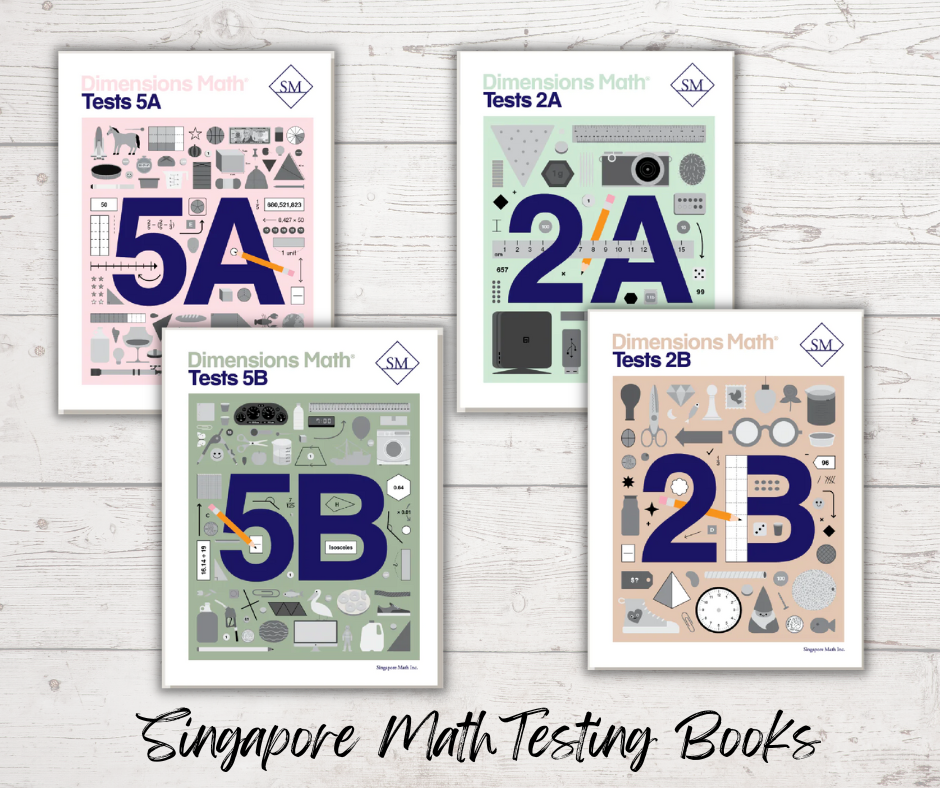I have put together the summer line-up for my 8-year-old, who is going into 3rd grade next year. Last year, I had to box up a lot of programs when I chose to send my kid back to school. I finally get to bring them out and consume them this summer. I have to warn you that this is a long post but stick with me. There are a lot of good nuggets of information that you might find helpful in your homeschool journey.
Our Homeschool Influences
Now that my kid has made it through a year in public school, I have a fair idea of what to expect. Someone once asked me how I determine the gaps in my child’s education. The answer is long, but I will try to keep it short.
My kids went to Montessori school before we homeschooled. It is where my oldest built her foundational knowledge in math and reading. In Montessori, the child learns at their own pace. When we started homeschooling, I used the Montessori syllabus to guide our content learning. Shortly after, I learned about classical education and felt drawn to the Trivium. This methodology teaches children based on the natural way they learn by age. The Grammar Stage is for kids 12 and under who naturally tend to remember facts, concepts, and information. I use a few curricula designed to support Classical Education, and I find them very effective in teaching. “The Well-Trained Mind” by Susan Wise Bauer and Jesse Wise is an excellent guide for choosing programs for each stage of the Trivium.
Goals
Before I get into the specifics of our summer choices, let’s talk about goals. Our Goals for the summer include the following:
- To expand our background knowledge in content areas – Science, History, and geography. We will be keeping all of these subjects light with lots of reading, comprehension, and discussion.
- To focus on developing effective writing skills. Our goal is to focus on sentence-level and paragraph-level writing.
Summer Curricula Line-Up
Singapore Math
We will be starting Level 4A this summer. SM is our Core Math curriculum, and I love it because it is mastery-based, has the right amount of rigor, and has a solid teaching methodology. We have been consistent in using this in our after-school learning. I have written many blogs on Singapore Math and why it works for us if you ever want to check them out.
Language Arts
Language Art includes reading, writing, spelling, vocabulary, comprehension, and anything else that develops proficiency in communication. All of these areas need explicit instruction and individual attention.
Writing:
Writing is such an essential element of Language Arts. No subject goes without requiring writing capabilities. Teaching our children to write correctly from the start is the best way to ensure it sticks. Our goal this summer is to focus on writing correct grammatical sentences, accurate sentence structure, and good syntax.
Here’s what we will be using
- Writing Revolution: If you have not read the writing revolution, I recommend looking into it. The focus is on writing, so they do not discuss grammar and other components, but their understanding is that grammar is taught and expected in the process of writing. I will be implementing the techniques taught in this book into our writing exercises.
- Paragraph Town: This program is part of the Town Series from MCT (Michael Clay Thompson), a program that supports classical education. We started this earlier in the year but have yet to complete it. This pairs so well with our writing goals of learning to write well-structured paragraphs.
- Writing & Rhetoric: This was the first writing program we tried two years ago, but my kid was too young and not ready, so we switched to All Things Fun and Fascinating from IEW. This program uses the classical Progymnasmata method adopted in ancient Greece and Rome. It starts at Grade 3 and has 12 levels. I’m not sure how far we will go with it, but for now, I believe that level 1 creates a perfect balance for our summer writing program.
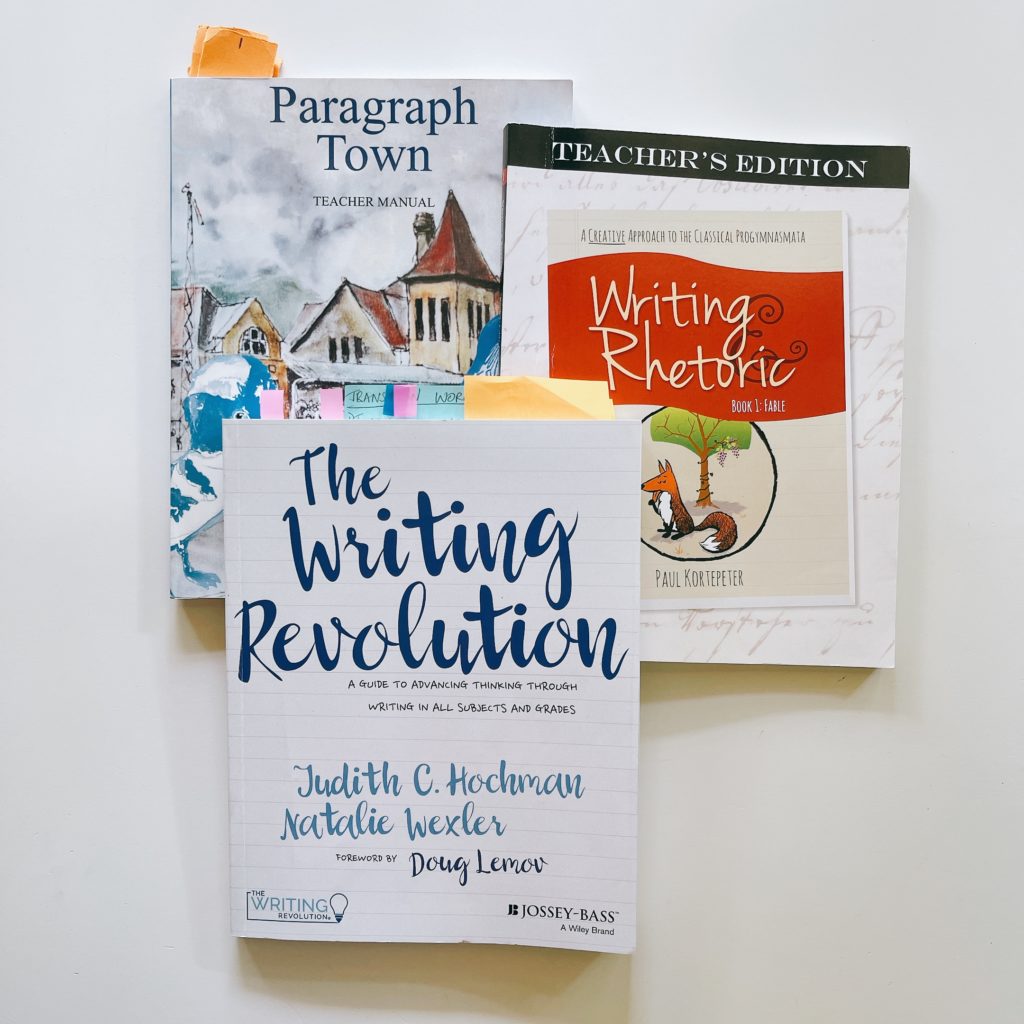
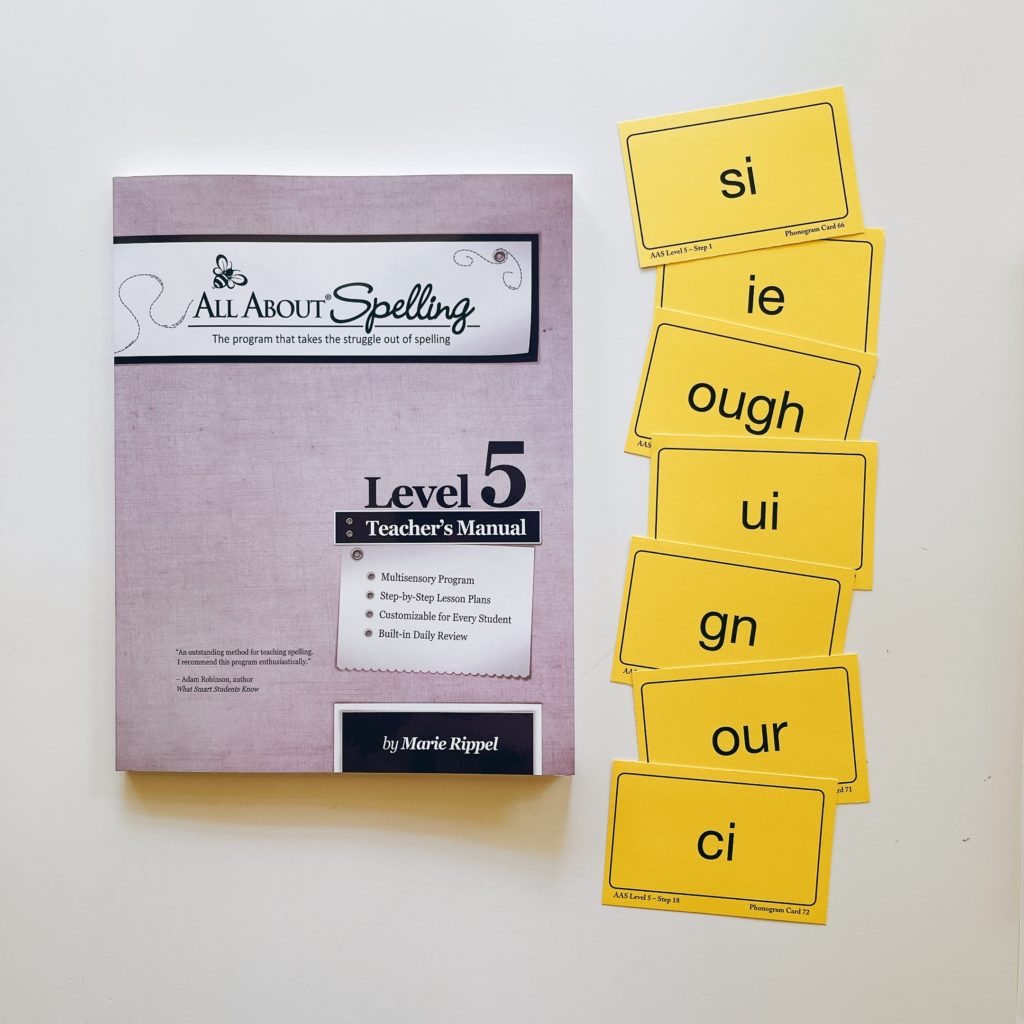
Spelling Level 5:
We completed level 4 this school year and would like to finish level 5 in the summer. We love the All About Learning curriculum. The spelling program focuses on spelling phonograms, understanding spelling rules, learning strategies to tackle new words, etc. We are already familiar with most phonograms but pause for new ones and spelling rules.
Morphology:
“Morphology is the study of meaningful units of language, called morphemes, and how they are combined in forming words.” (source: https://www.literacyhow.org/morphology/). If you are homeschooling your kids, take this opportunity to teach them morphology. I want my kids to learn the roots of words, their origin, and meaning, and have the ability to build vocabulary upon them.
We will be using Morpheme Magic followed by Improving Morphemic Awareness. Both build different skills in language development and will share in greater detail in another blog post if there is interest.
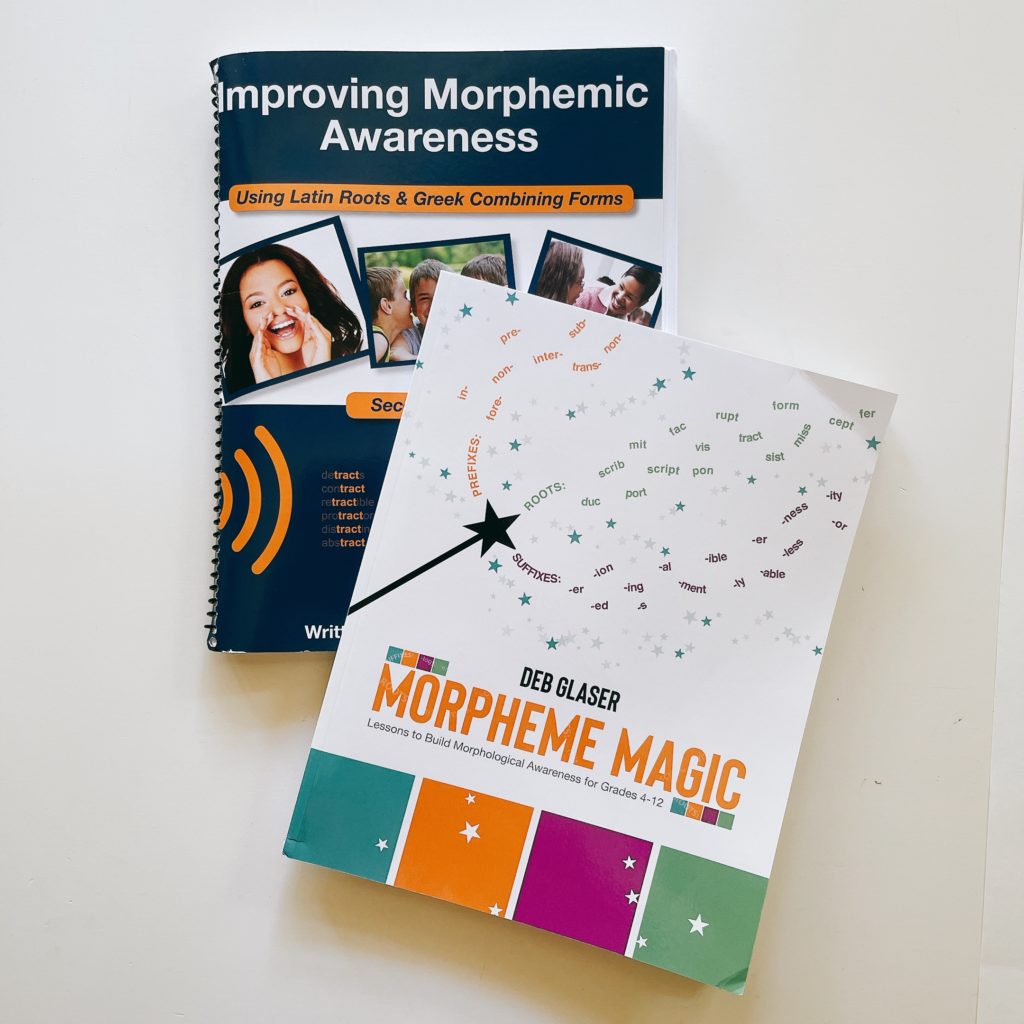
Science
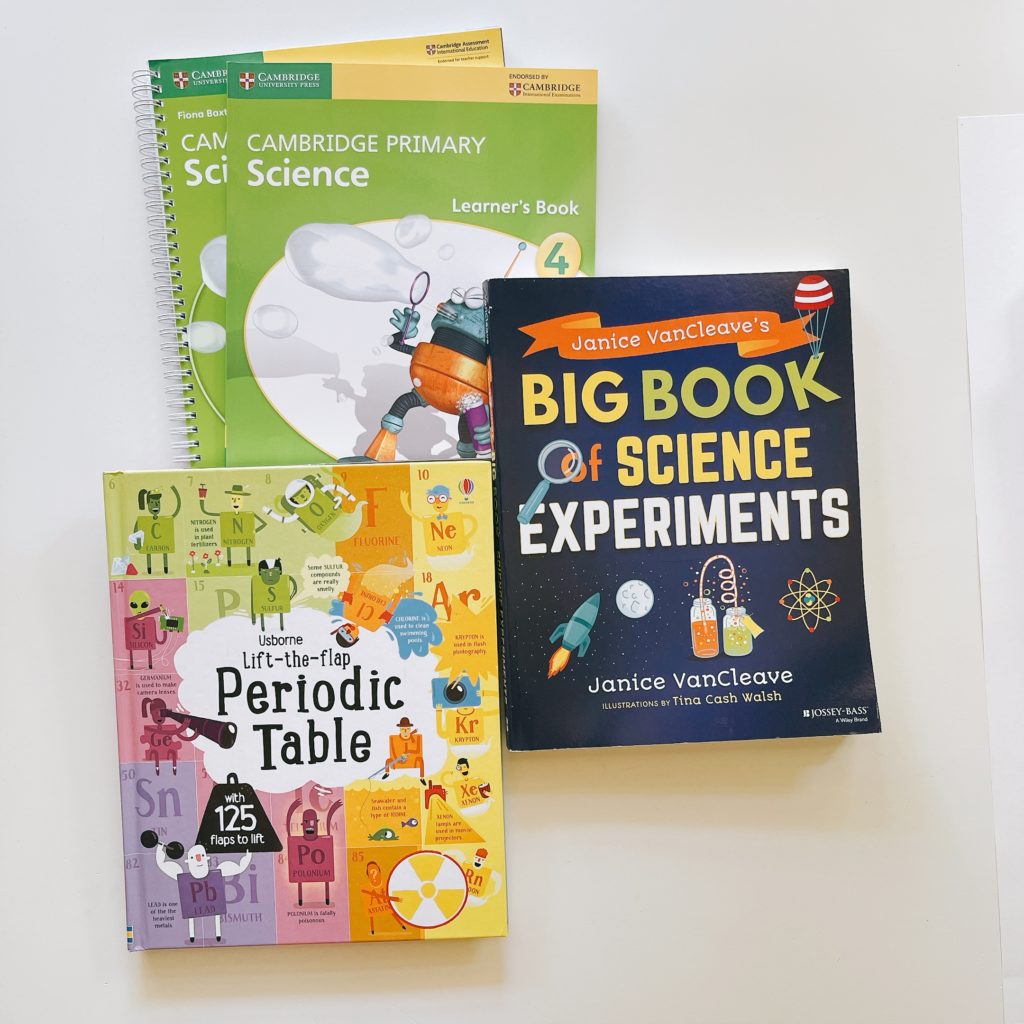
My oldest is so excited to get back to Science since they barely do any in school. I have several levels of Science curricula from Cambridge University Press, a UK-based program, which we will use. I want to introduce the Periodic Table and the Scientific method of experimentation. For that, I will be using the following:
Janice VanCleave’s Science Experiment Book (I highly recommend this book for your homeschool)
Usborne Lift the Flap Periodic Table (Usborne books are excellent for learning)
History
We will be studying American History this summer. I have had Part 1 of Beautiful Feet Books for a while now, but I put it on hold when we switched to Story of the World more than a year ago. My goal with this is to build background knowledge more than anything and develop an interest in Early American History. We will also spend a few chapters in TGATB’s history book on American History and the Civil War and, in addition, read books on the American Revolution.
While I understand that History can be tainted by the author’s beliefs and perspectives, my intent as a homeschooler is to read these perspectives and discover which narrative is authentic over time.
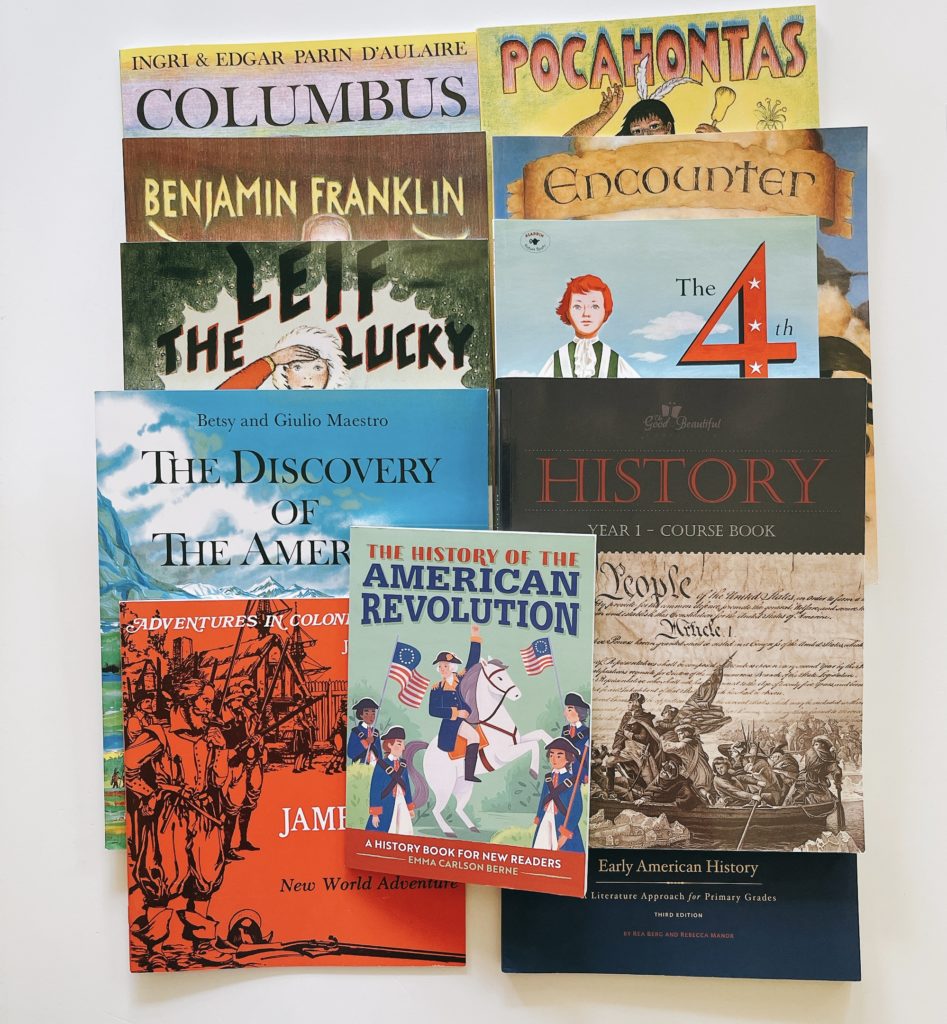

Geography
We will be spending some time on World Geography. We will follow a similar structure I used with my child when we first learned the 50 States. In addition, we will also be doing some literature with Geography using Minn of the Mississippi from BF Books. We had done Paddle to the Sea, and it was so much fun to chart the path of the story on the Map and learn the Geographical landscape of North America.
Spanish
We love our Homeschool Spanish Academy classes. We will continue our Spanish lessons over the summer twice a week to get a little ahead in the language. This is a great time to introduce a second language. These classes are 25-minute each, and if you do them regularly, your child will soon pick up the language. If you are ever interested, you can use this link to try a free class.

Conclusion:
That’s it, folks. It may look like a lot, but I have prioritized what we certainly want to achieve and what is ok to slide if we cannot get to it. Leave a comment if you have any questions and share this blog with friends who might benefit from it. Also, follow me on Instagram at @freestylemom_eva as I share our summer learning.

